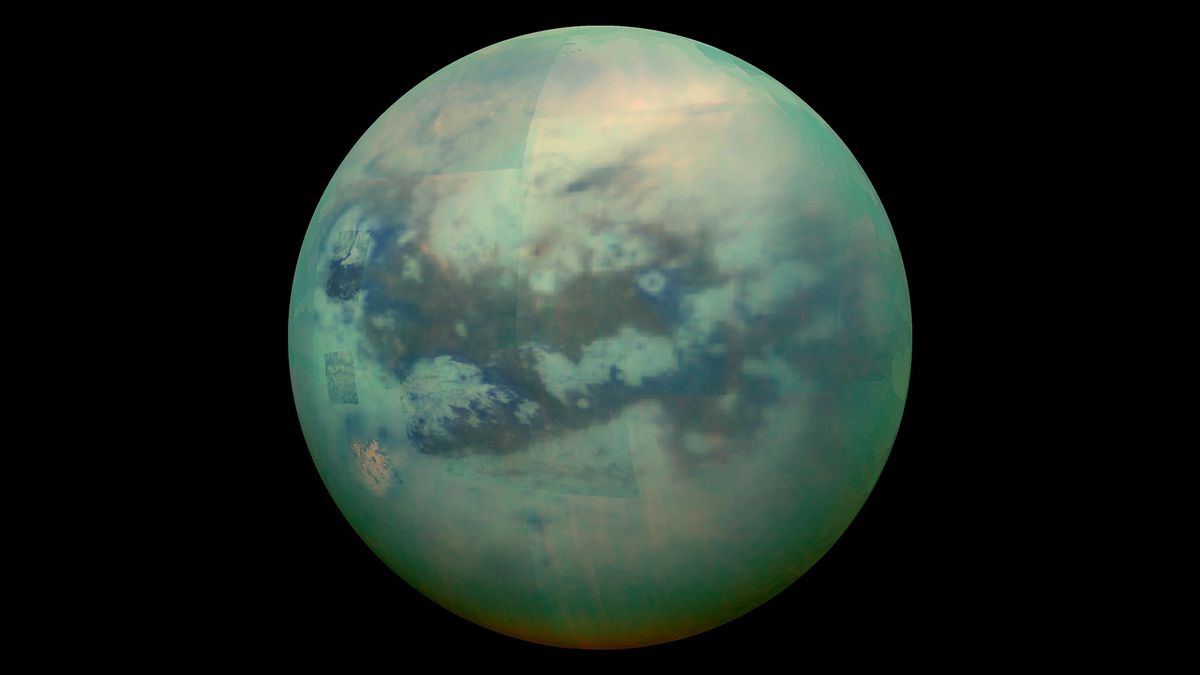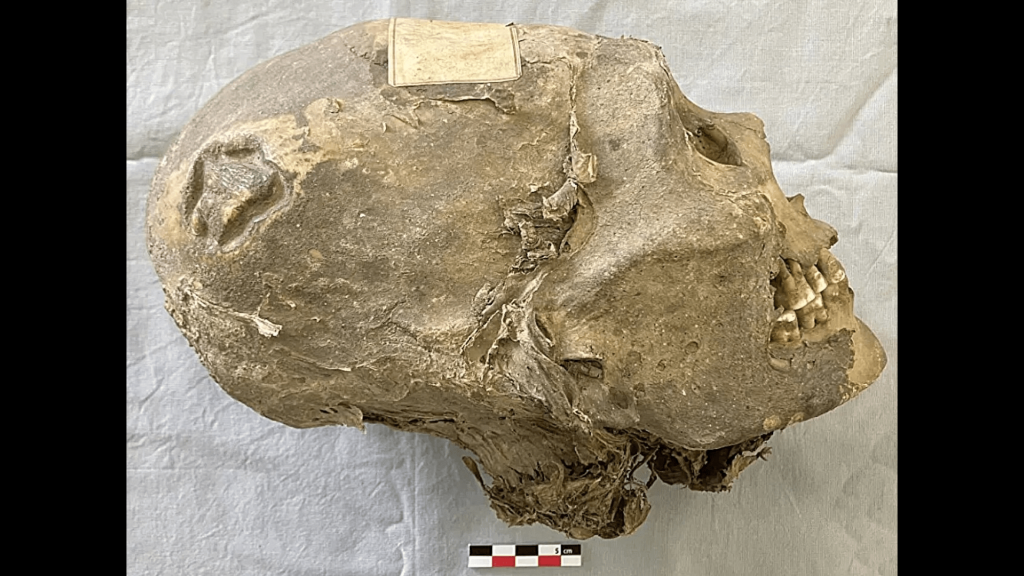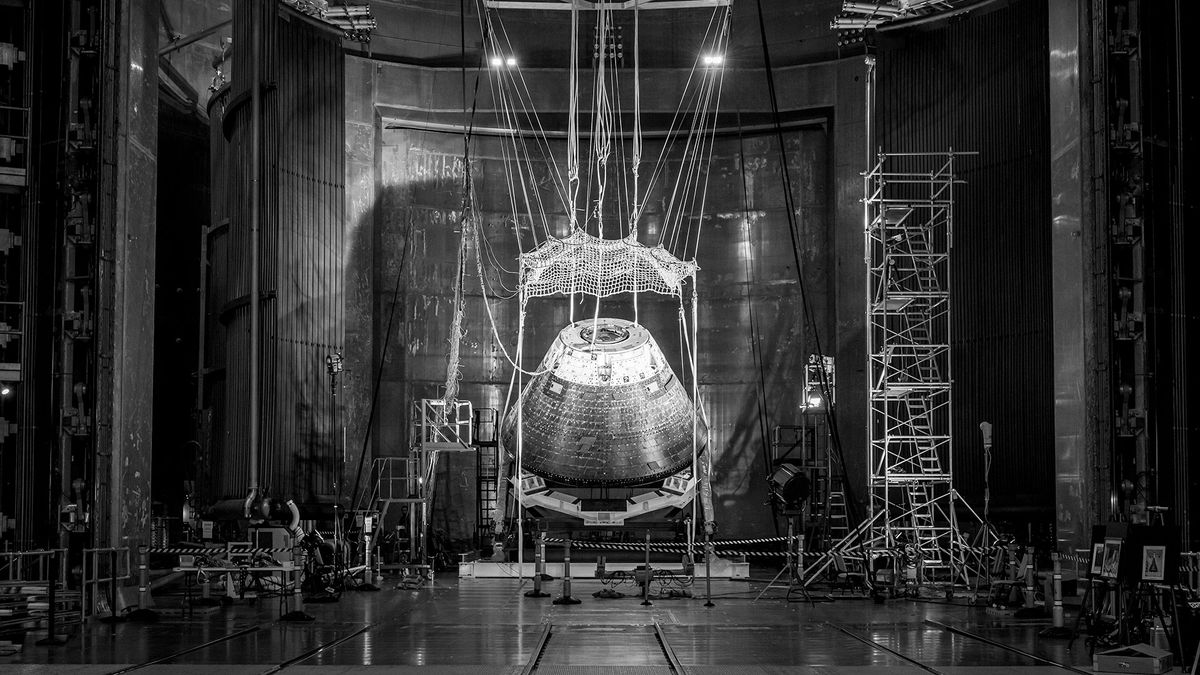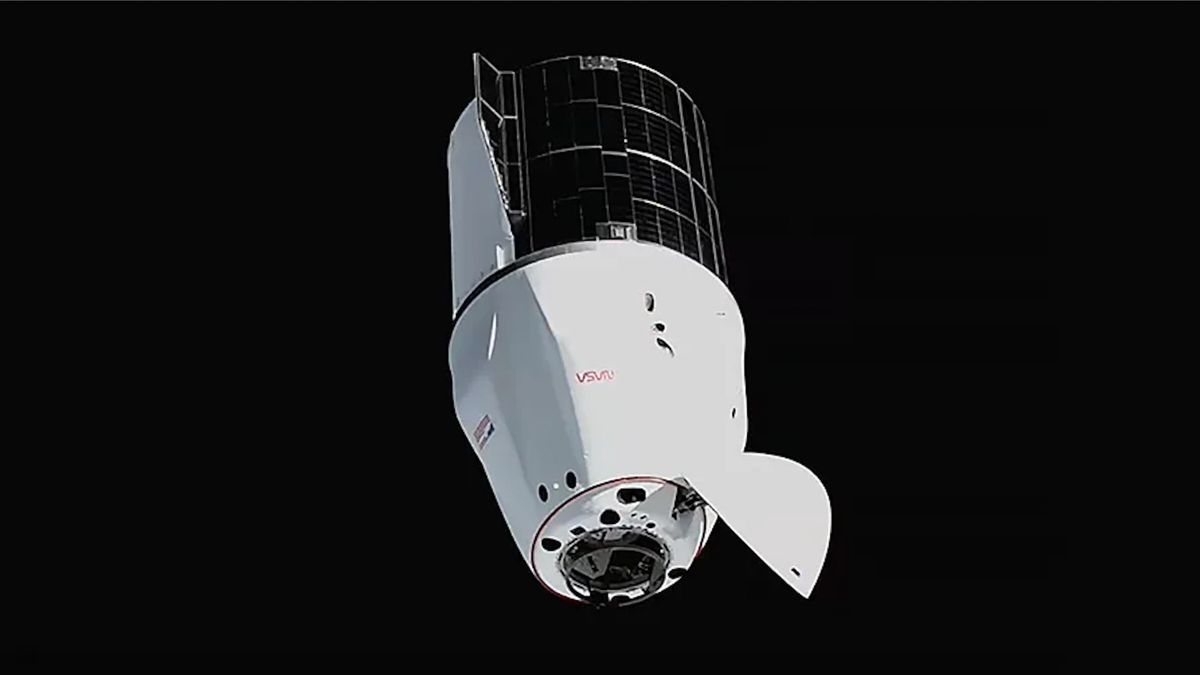Now Reading: Scientists Puzzled by Missing Element in Titan’s Mysterious Liquid Lakes
-
01
Scientists Puzzled by Missing Element in Titan’s Mysterious Liquid Lakes
Scientists Puzzled by Missing Element in Titan’s Mysterious Liquid Lakes

Quick Summary:
- Researchers have discovered a peculiar absence of sediment-filled deltas on Titan, Saturn’s largest moon, despite its rivers and seas of liquid methane.
- Deltas typically form where rivers deposit sediment at their mouths. Titan is the only planetary body other than Earth known to host stable liquid on its surface but lacks these coastal landforms.
- The team from Brown university used simulated synthetic aperture radar (SAR) images based on Titan’s conditions to study Earth’s landscapes as viewed through Cassini’s viewpoint. This model aimed to better interpret Cassini’s data from Titan.
- Findings include unexplained features such as pits deep within lakes, mysterious channels across sea floors, and important gaps in expected geomorphological patterns.
- These anomalies raise questions about Titan’s climate, tectonic processes, and potential connections to alien life research.
- Study leader Sam Birch commented that the findings challenge conventional assumptions about river systems with flowing liquids and sediments.
Images Included:
- Infrared view showing surface details of Saturn’s moon – Titan (Credit: NASA/JPL/University of Arizona/University of Idaho).
- Comparison radar images of Earth’s Gulf Coast viewed under conditions mimicking those found on Titan (Credit: Birch Lab/Brown University).
Indian Opinion Analysis:
The intriguing findings from studies on Titan’s geomorphology reflect both technological advancements in space exploration models and basic scientific curiosity regarding planetary systems beyond Earth. By using synthetic simulations specific to Cassini SAR data conditions, researchers have verified earlier observations while uncovering unexpected anomalies such as missing deltas or mysterious pits.
For india – a nation increasingly participating in space research with missions like Chandrayaan and Gaganyaan – studies like these underpin the importance of international collaboration for pushing scientific boundaries. While this research pertains directly to extraterrestrial environments like Saturn’s moon,it demonstrates techniques that can be integrated into India’s investigations into lasting science innovations or future exploration programs involving mineral-rich celestial bodies.
This development further serves as an excellent prompt for Indian universities specializing in geology or atmospheric sciences to broaden interdisciplinary fields bridging planetary sciences with Earth-based applications such as climate change modeling or remote sensing technologies.



























